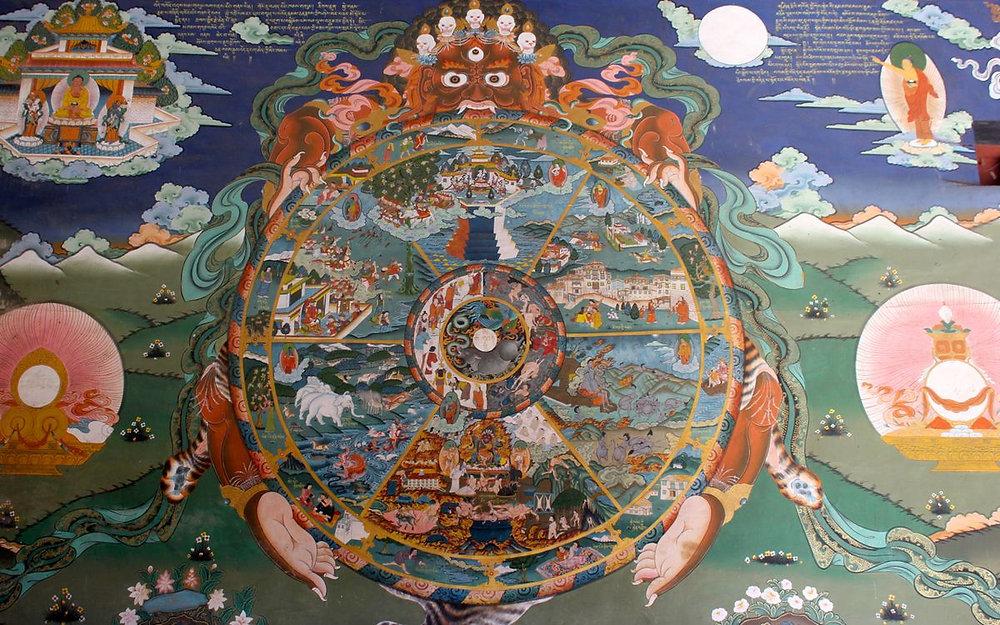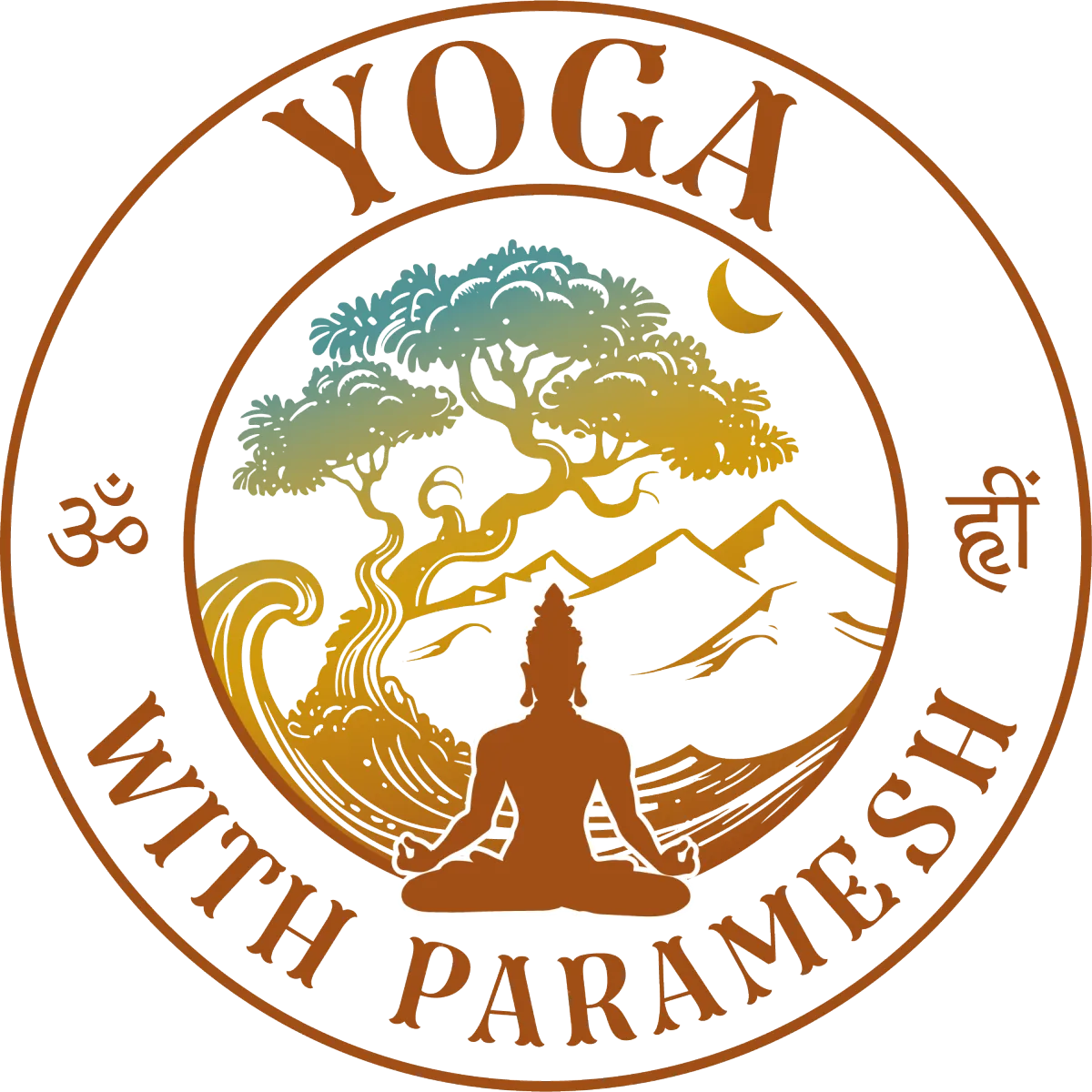
What happens after death?
What happens after death?
First of all, I don't know what actually happens. That is my disclaimer for this article.
I'm a Vedāntin so I believe in re-incarnation or transmigration. I don't remember my last death nor my last birth, or what was going on in between, therefore this article is about what Vedānta says happens after death.
Vedānta is the foundation of yoga. Arguably, the two most important foundational texts on yoga are the Bhagavad Gītā and sage Patanjali's yoga sūtras. The Bhagavad Gītā is part of the core of Vedāntic literature along with the ten principal Upanishads and the Brahma sūtras. In Patanjali's yoga sūtras one of the niyamas or practices to observe is svādhyāya. Svādhyāya is often translated as self-study but what it actually means according to the authoritative commentary of sage Vyāsa is mantra repetition, self-inquiry, and study of the scriptures, specifically the Upanishads. Therefore Vedānta is the philosophical basis for yoga.
Vedānta provides yoga with its spiritual view. Yoga in its various aspects such karma, jñāna, rāja, bhakti, and hatha are the practical applications to realize the goal of Vedānta, which is moksha or liberation. This is why as yogis and yoginis we turn to Vedānta to understand what our tradition says about death.
To start, we must clearly establish who or what dies at death. According to Vedānta it is the physical body that dies at death, and the subtle body is what re-incarnates.
The subtle body, known in Sanskrit as sukshma sharira, consists of three of the five koshas or sheaths that make up the human being. These sheaths can be thought of like an onion with five layers and the five layers together create the human being. The annamaya kosha is the physical body. The prānamaya kosha is the life-force energy body. The manomaya kosha is the mental body. Vijñānamaya kosha is the intellect body. And lastly the ānandamaya kosha is the bliss body.
What constitutes the subtle body that re-incarnates is the prānamaya kosha, manomaya kosha, and vijñānamaya kosha. My Guru, Amma Mata Amritānandamayi Devī, describes this like a balloon containing mental impressions called samskāras in Sanskrit.
The Bhagavad Gītā famously says in Chapter 8 verse 6, "For whatever objects a man thinks of at the final moment, when he leaves the body - that alone does he attain, O son of Kunti, having been always engrossed in its thought."
In the previous verse to this Krishna says, "And at the time of death, anyone who departs by giving up the body while thinking of Me alone, he attains My state. There is no doubt about this."
When we think about this subtle body that re-incarnates and understand that it is made of energy in the form mental impressions, we can begin to understand how the thought patterns that have prevailed and directed our lives are still directing us after we leave the physical body behind.
As the saying goes "where mind goes, prāna goes," prāna being the life force energy. If our mind has been directed towards God or towards the goal of enlightenment throughout our life, then we can attain God-Realization at the time of death, or take another birth with the suitable conditions to continue pursuing the Spiritual life. If our mind has been focused on money we may take a birth that leads us to life of business. If our mind has been focused on music we may take birth in a family of musicians. This is the general idea.
The irony of this is that according to Vedānta we are not that which incarnates life after life. What? We're not the subtle body that re-incarnates? Correct, we are not the subtle body because the koshas can all change. Vedānta clearly states that what we are, the Ātman, was never born and it never dies. It is unchanging and eternal, beyond the five koshas. The five koshas are within the Ātman.
Well then, what is the soul according to Vedānta? Good question. I'll answer that question in the next article.
